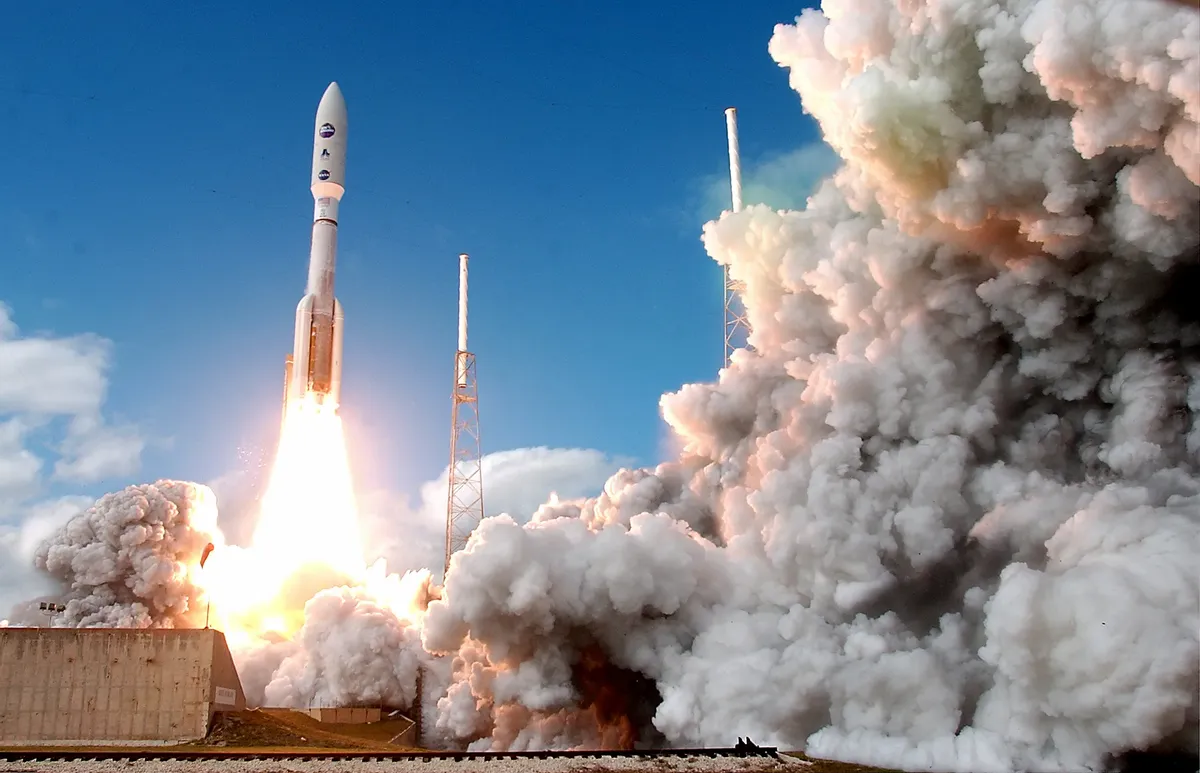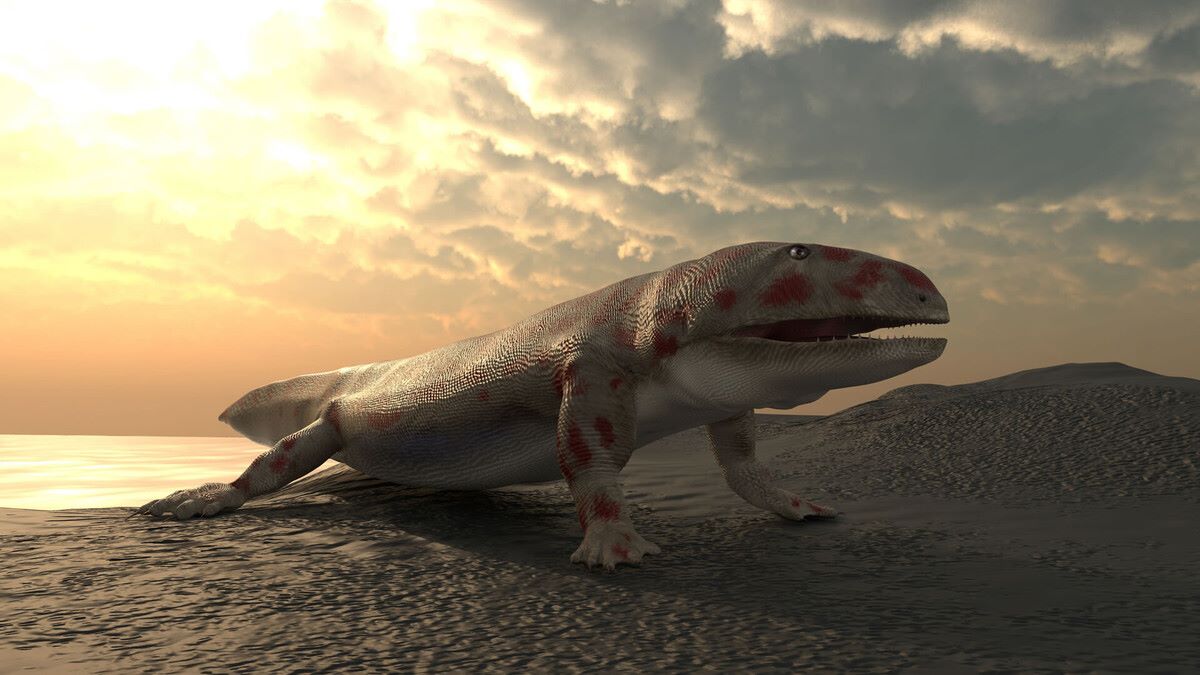
Space missions have always been a subject of fascination and intrigue for humanity. Venturing beyond the Earth’s atmosphere, exploring distant planets, and unraveling the mysteries of the cosmos have captivated our collective imagination for decades. From the historic Apollo moon landings to the ambitious Mars rovers, space missions have pushed the boundaries of human achievement and expanded our understanding of the universe.
In this article, we will uncover 17 enigmatic facts about space missions that will leave you in awe of the incredible feats accomplished by astronauts and space agencies. From mind-boggling distances traveled to groundbreaking technological advancements, these facts showcase the immense scale and complexity of space exploration. So, buckle up and get ready to embark on a cosmic journey as we delve into some fascinating aspects of space missions that will truly blow your mind!
Key Takeaways:
- Space missions have achieved incredible feats, from walking on the moon to exploring distant planets, showcasing the ambition and determination of human exploration in outer space.
- The wonders of space missions, like the Voyager spacecrafts leaving the solar system and the perseverance of the Mars 2020 mission, inspire us to push the boundaries of knowledge and exploration in the universe.
Neil Armstrong became a household name when he took those iconic first steps on the moon in 1969.
Neil Armstrong’s historic moonwalk on July 20, 1969, during the Apollo 11 mission, marked a monumental moment in human history. His famous words, “That’s one small step for man, one giant leap for mankind,” still resonate today as a testament to the ambition and determination of space missions.
The Voyager spacecrafts have left the solar system:
The Voyager spacecrafts have embarked on an interstellar journey, becoming the first man-made objects to leave the solar system.
Launched in 1977, Voyager 1 and Voyager 2 have provided invaluable data about the outer planets of our solar system. In 2012, Voyager 1 crossed the heliopause, the outer edge of the heliosphere, entering the interstellar space. Voyager 2 joined its counterpart in interstellar space in 2018, revealing fascinating insights about the cosmic environment beyond our solar system.
The Hubble Space Telescope:
The Hubble Space Telescope has revolutionized our understanding of the universe.
Launched in 1990, the Hubble Space Telescope has captured breathtaking images and made groundbreaking discoveries that have reshaped our knowledge of space. From stunning nebulae to distant galaxies, the Hubble has provided us with unprecedented views of the cosmos, deepening our understanding of its vastness and beauty.
The longest continuous human presence in space:
The International Space Station holds the record for the longest continuous human presence in space.
The International Space Station (ISS) has been continuously inhabited since November 2000, serving as a home and laboratory for astronauts from various countries. This orbiting outpost has enabled scientific research, technological advancements, and international collaboration, showcasing the potential for long-duration space missions and future human exploration of other planets.
The Mars rovers:
The Mars rovers have significantly expanded our knowledge of the Red Planet.
Mission after mission, rovers like Spirit, Opportunity, and Curiosity have explored the Martian surface, providing valuable insights into its geology, climate, and potential for past or present life. These robotic explorers have captured stunning images, analyzed soil samples, and even detected signs of liquid water, fueling our fascination with Mars and the possibility of future human missions.
The first woman in space:
Valentina Tereshkova became the first woman to travel to space.
In 1963, Valentina Tereshkova, a Soviet cosmonaut, made history as the first woman to venture beyond Earth’s atmosphere. Her mission aboard Vostok 6 opened doors for women in space exploration, inspiring generations of female astronauts to follow in her footsteps and contribute to the advancement of space science.
The fastest space probe:
The Parker Solar Probe holds the record as the fastest human-made object.
Launched in 2018, the Parker Solar Probe is designed to study the Sun’s outer atmosphere and its effects on space weather. As it approaches the Sun, it will reach speeds of up to 430,000 miles per hour (700,000 kilometers per hour), making it the fastest object ever created by humanity.
The first space tourist:
Dennis Tito became the first-ever space tourist.
In 2001, Dennis Tito, an American businessman, became the first non-astronaut to travel to space. He joined a Russian Soyuz mission to the International Space Station, kickstarting the era of space tourism that has offered opportunities for private citizens to experience the wonders of space firsthand.
The New Horizons mission to Pluto:
The New Horizons mission provided us with the first detailed images of Pluto.
In 2015, the New Horizons spacecraft flew by Pluto, capturing close-up images of this dwarf planet for the first time in history. These images revealed a fascinating world with icy mountains, nitrogen glaciers, and a complex atmosphere, shedding light on the mysteries of the distant reaches of our solar system.
The longest spacewalk:
The longest spacewalk lasted a staggering eight hours and 56 minutes.
During the STS-102 mission in 2001, astronauts Jim Voss and Susan Helms set a record for the longest spacewalk, spending almost nine hours outside the International Space Station. This challenging feat demonstrates the endurance, courage, and technical skill required by astronauts during extravehicular activities.
The Cassini-Huygens mission to Saturn:
The Cassini-Huygens mission provided us with remarkable insights into the Saturnian system.
Launched in 1997, the Cassini-Huygens spacecraft explored Saturn and its moons for over a decade. It revealed intricate details of Saturn’s rings, discovered new moons, and landed a probe on Titan, Saturn’s largest moon. This mission expanded our understanding of the outer planets and their moons, uncovering secrets of these captivating celestial bodies.
The first space station:
The first space station, Salyut 1, was launched by the Soviet Union in 1971.
Salyut 1 marked the beginning of permanent human habitation in space, laying the foundation for the International Space Station and future space stations. It served as an experimental platform for scientific research and provided valuable experience for subsequent missions.
The Great Observatories:
The Great Observatories – Hubble, Chandra, Spitzer, and Compton – have revolutionized astronomy.
These four space-based observatories, each designed to explore different wavelengths of light, have provided complementary data and observations that have transformed our understanding of the universe. From studying distant galaxies to exploring black holes and probing the infrared universe, the Great Observatories have been instrumental in unraveling the mysteries of cosmos.
The first reusable spacecraft:
The Space Shuttle program introduced the first reusable spacecraft.
With its ability to launch, orbit Earth, and return for reuse, the Space Shuttle program revolutionized space travel. The iconic vehicles, including Atlantis, Discovery, and Endeavour, allowed for the deployment of satellites, research in microgravity, and the construction of the International Space Station.
The first flyby of a comet:
The European Space Agency’s Rosetta mission achieved the first-ever rendezvous and landing on a comet.
Launched in 2004, the Rosetta spacecraft voyaged for over ten years to reach comet 67P/Churyumov-Gerasimenko. It successfully deployed a lander named Philae, which touched down on the comet’s surface in This groundbreaking mission provided valuable data about comets and the early solar system.
The first space station crew exchange:
The Expedition 1 crew marked the first long-duration stay on the International Space Station.
In 2000, the crew of Expedition 1, comprising American astronaut William Shepherd and Russian cosmonauts Yuri Gidzenko and Sergei Krikalev, arrived at the International Space Station, beginning a continuous presence of humans on the ISS. This historic mission paved the way for international cooperation in space and established the framework for long-duration space missions.
The perseverance of the Mars 2020 mission:
The Mars 2020 mission showcases humanity’s determination to explore the Red Planet.
This ongoing mission, which includes the Perseverance rover and the Ingenuity helicopter, aims to search for signs of ancient microbial life on Mars and pave the way for future human exploration. The Mars 2020 mission represents the relentless pursuit of knowledge and the indomitable spirit of exploration that drives space missions forward.
Conclusion
In conclusion, space missions continue to captivate our curiosity and push the boundaries of human exploration. From historic missions like Apollo 11 to future endeavors like the Mars 2020 mission, these ventures have provided us with groundbreaking discoveries and invaluable knowledge about the universe we inhabit. The enigmatic nature of space and the countless mysteries it holds serve as a constant reminder of how much we have yet to uncover. As technology advances and our thirst for knowledge grows, we can look forward to even more exciting and awe-inspiring missions that will unravel the secrets of our vast cosmic neighborhood.
FAQs
1. How long do space missions typically last?
Space missions can vary in duration depending on their objective. Some missions, like the Mars rovers, can last several years, while others, like the Apollo moon landings, were relatively short-lived, lasting only a few days.
2. How do astronauts survive in space?
Astronauts survive in space by living aboard spacecraft or space stations equipped with life support systems that provide them with air, water, and food. They also exercise regularly to combat muscle atrophy caused by microgravity.
3. What is the biggest challenge of space missions?
One of the biggest challenges of space missions is the immense distances involved. It takes a significant amount of time and resources to travel to other celestial bodies in our solar system, making logistics and planning crucial aspects of any successful mission.
4. How do space missions benefit us on Earth?
Space missions have a wide range of benefits for us on Earth. They have led to advancements in technology, communication systems, weather forecasting, and even medical practices. The knowledge gained from space exploration also helps us understand our own planet better.
5. Are space missions dangerous?
Space missions do come with inherent risks, such as exposure to radiation, isolation, and the physiological challenges of living in microgravity. However, extensive training, meticulous planning, and advanced technology help mitigate these risks and ensure the safety of astronauts.
Space exploration continues to captivate our imaginations, and there's always more to learn. For those curious about the meticulous planning behind space missions, our article on space mission planning facts provides intriguing insights. If you're still buzzing with excitement about the moon landing, check out our Apollo 11 facts that will leave you over the moon. Don't forget about the challenges posed by space debris - our article on astonishing facts about space debris tracking systems sheds light on this critical aspect of space exploration.
Was this page helpful?
Our commitment to delivering trustworthy and engaging content is at the heart of what we do. Each fact on our site is contributed by real users like you, bringing a wealth of diverse insights and information. To ensure the highest standards of accuracy and reliability, our dedicated editors meticulously review each submission. This process guarantees that the facts we share are not only fascinating but also credible. Trust in our commitment to quality and authenticity as you explore and learn with us.


